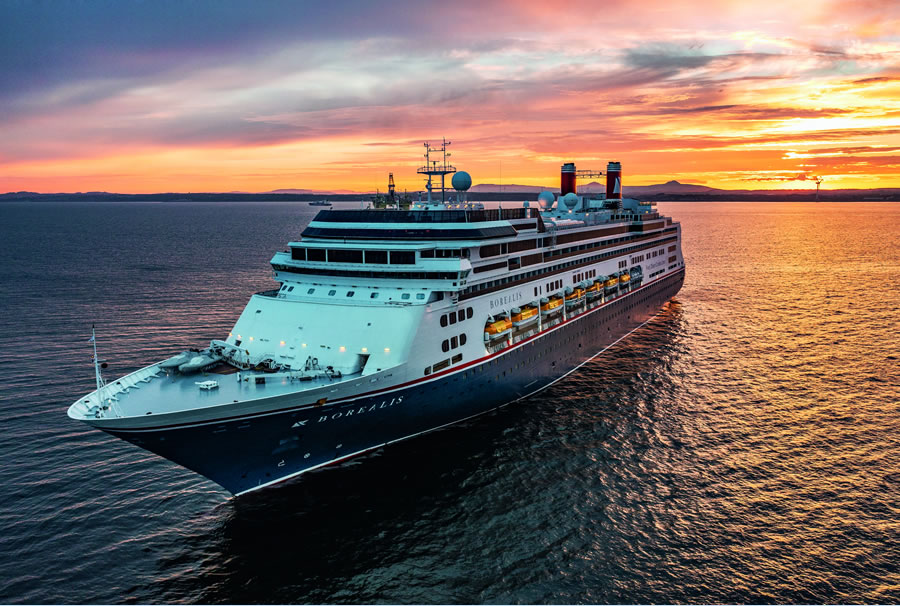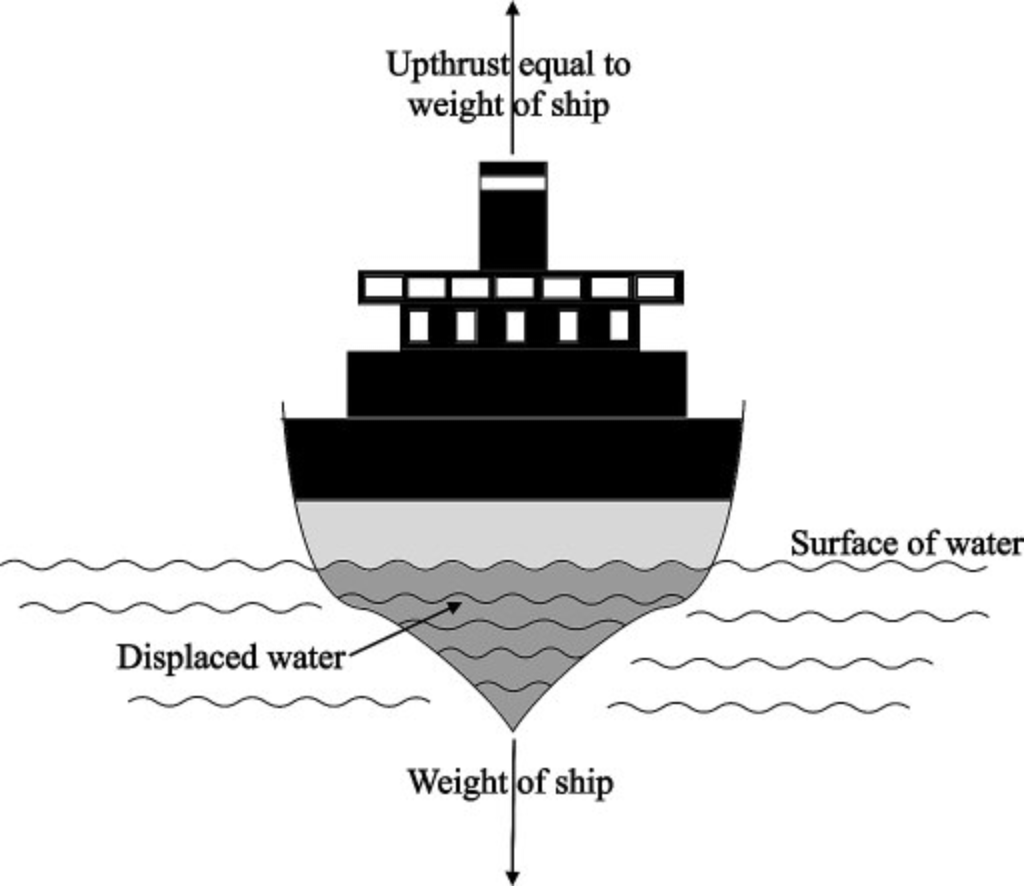How Do Ships Float?


Start typing into google: HOW DO SHIPS… and you will find google auto-populating the word FLOAT. So we figured this was a common question and it needed answering. Here is the science behind buoyancy made easy…
Cruise ships can be gargantuan in size. Ships like the Wonder of the Seas boast gross tonnages of over 250,000, but even smaller ships like those that we promote here, are still measured in tonnes, not ounces. Keeping this kind of weight afloat might seem impossible, but read on to find out more…

Buoyancy is upthrust, and ships are extremely buoyant. Buoyancy is dependent on a few factors, but the most important one is density. The relative density of a cruise ship is made up of various objects, including you, but the majority of the ship is actually air. Even considering the massive tonnage of a ship like the Wonder of the Seas, it is relatively less dense than the water it floats on.
In the case of vessels as colossal as cruise ships, they are also displacing an amount of water equal to the mass of the ship. As a vessel travels, it displaces this water, all the while water rushes to fill the empty space created by the ship. This generates the force necessary to keep a ship afloat during movement.
Simples huh?

